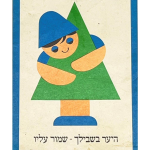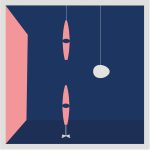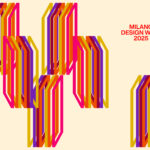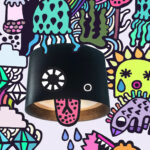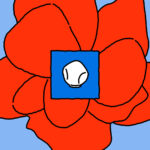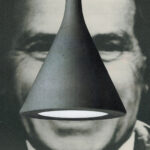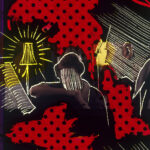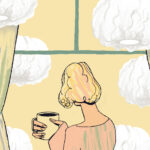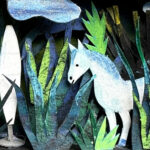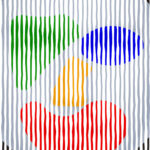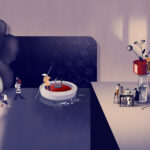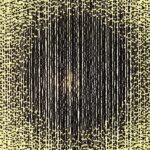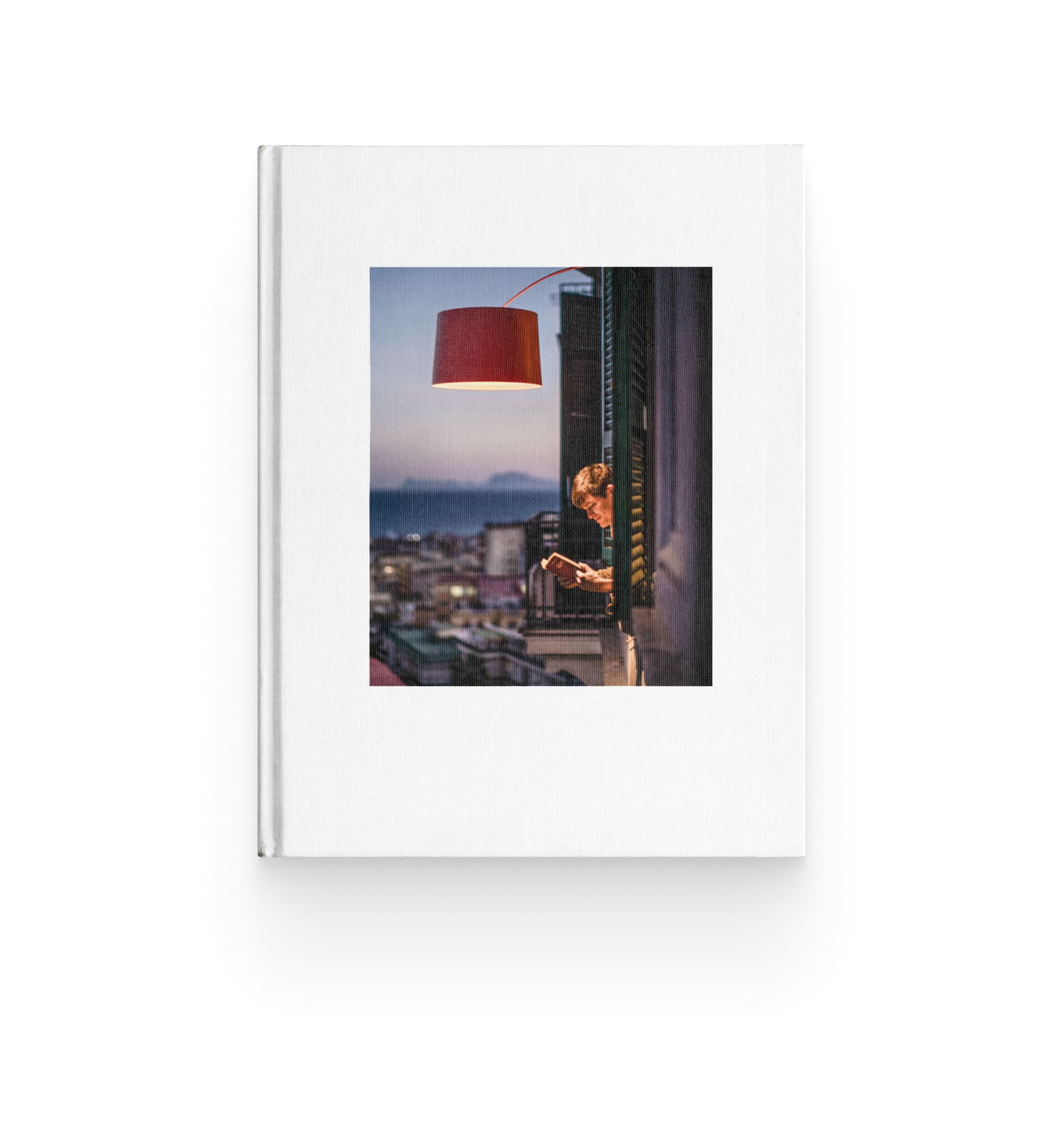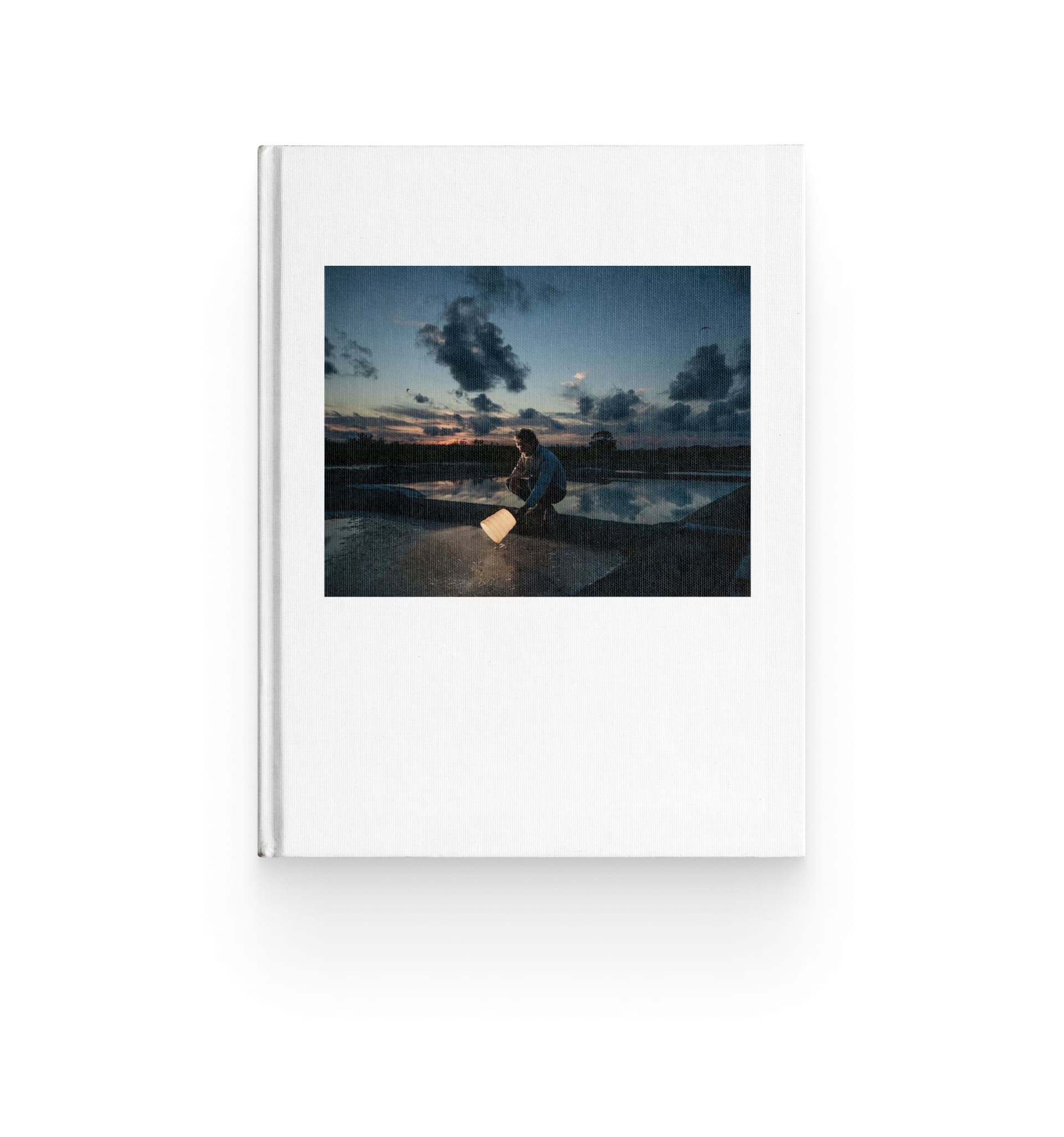It’s all a matter of seeing what others don’t see

Meet Noma Bar, featured artist in our project “What’s in a lamp?”. In his artworks Foscarini’s most iconic lamps are protagonists of minimal yet thoughtful illustrations in which – through a skillful use of “negative space” – multiple levels of interpretation are concealed.
Noma Bar is undoubtedly one of the freshest and most innovative illustrators on the international scene. Of Israeli origin, he lives and works in London and is internationally known for its original style, sitting somewhere at the intersection of illustration, art and graphic design. Few colors, very clear, perfect formal stability and stories hidden in the details: his artworks allows to grasp and appreciate an unusual creative twist as the mind goes where the eye does not guide it. It takes an extra moment of attention, because the glance is not everything and there is something that goes beyond it. It’s all a matter of seeing what others don’t see, of looking where others aren’t.
His work has appeared in many magazines, covers and publications including The New Yorker, The New York Times, The Economist, Internazionale, Wallpaper*, Esquire and The Guardian, only to name a few.
In this series for the project “What’s in a lamp?” – which transforms the Instagram @foscarinilamps feed into a “social-art-gallery” that offers room for well-known and emerging exponents in the world of visual arts, inviting them to get inspired by the Foscarini collection – our most iconic lamps have become characters of Noma’s creative universe. They are protagonists of minimalist images in which – through a skillful use of “negative space” – multiple levels of interpretation are concealed and stories emerge when looking at the details more closely. Artistic expressions of a stunning simplicity, a common trait between the artist’s and Foscarini’s approach: liberate the essential to thrill and catch the eye.
Want to know more about this incredible artist and his collaboration with Foscarini? Enjoy the interview!
Tell us a bit about the beginning of your career as an artist. How did you start? Have you always known, at some level, that’s what you wanted to do?
Becoming an Artist was a childhood dream.
I have drawn since I remember, as a child, I was always drawing, making art and craft.
I used to draw portraits of people around me, family members, neighbors, friends etc.
It was very clear to me that this is what I like and want to do with my mature life.
I went to study Graphic Design and graduated from Bezalel Academy of Arts and Design in 2000.
I moved to London straight after graduation, sending out some of my illustrations on postcards to editorials and got my first commission soon after that.
How do you describe your work, that stands at the intersection between illustration and graphic design? You once labeled your art “brief illuminations”, can you tell us more about this?
I’m calling my work Graphic Art as it looks graphic but it’s more illustration and art.
While I make my own/personal projects I define them as Art.
And when I’ve been asked to create an artwork for a given brief or story that’s an illustration.
“Brief illuminations” might be the way to distill & simplify complex issues with a simple drawing.
In this project Foscarini lamps are part of a series that investigates the role of the lamps in transforming a space into your home. Are there any objects that make you feel at home, wherever you are?
My Dad was a woodsman, and during my childhood, he used to use this postcard as a letter slip.
I always liked this image and the graphic duality of the tree trunk and the child’s legs.
This postcard is on my desk and is definitely making me feel at home.
Talking about your sources of inspiration, you said once “I look where many people don’t look”. How did you begin to see things from a different perspective?
I don’t think this can be one thing,
it’s a life evolution and constant striving to discover the extraordinary in the ordinary.
If I use cooking as a metaphor, it’ll be trying to discover new flavors by using daily and familiar nutrition.
And I can’t explain how it happens.
In your artworks, complex ideas result in a stunning simplicity. Foscarini has a similar approach to product design, aiming to liberate the essential and get straight to the heart. What is the creative process behind your straight-to-the-point artworks?
Starting to work on a brief is like entering a sweets shop and picking only one sweet.
This is what I feel when I read my clients’ briefs.
My first thinking will be at Highgate woods (opposite my studio),
sitting in the middle of the woods, reading and sketching brief ideas, and then drawing the best ideas on my computer back in my studio.
What is your favorite thing to draw?
That’s an easy question, I always draw people and faces around me.
Your work involves a lot of being creative. How do you keep it fresh?
I’m in a constant search for creativity and new ideas.
I walk a lot and spend hours in nature every day, I observe the daily transformation of the wood and the seasons,
every day is similar but different, and I’m looking into this point of difference.
What did inspire you in this project with Foscarini? Which is(are) the illustration(s) that you like the most and why?
I know how to appreciate good and timeless silhouettes and luckily I had Foscarini’s great iconic silhouettes to work with.
The brief started with ‘Your Home’, which inspired me to find daily situations inside and outside Home with some uses of light elements together with Foscarini lights that beautifully integrated.
Which is(are) the illustration(s) that you like the most and why?
The dog Lumiere is probably my favorite think that it surprises you (as well as myself), to find out how ‘Lumiere’s’ light body can become a nose, the base of the lamp transforms to a dog’s mouth and the light that comes out is the dog’s fur.
What is creativity for you?
I’ve been asked to illustrate creativity a few times
Attached an image that is my favorite for this,
an ostrich with his head digging in the sand, a symbol of ignoring,
But at the same time, the ostrich head looks back out, as ‘keep it the business’.
With so much going on with some new trends, I feel like this ostrich, putting my head in the sand and ignoring the speedy visual taste transformations, but actually, the 2nd head of the ostrich that pops back reminds me to stay tuned and keep my aerials out.




